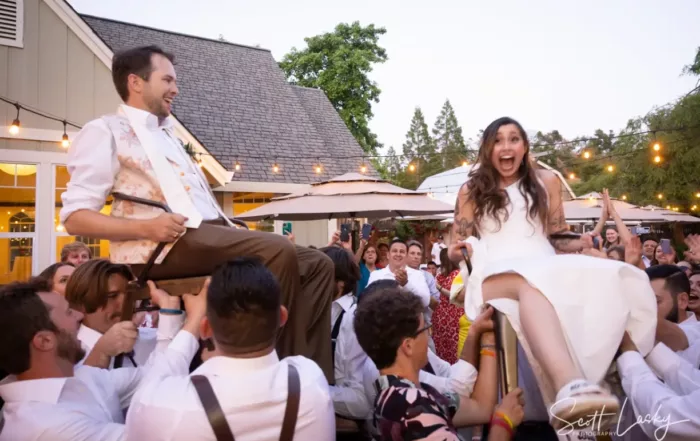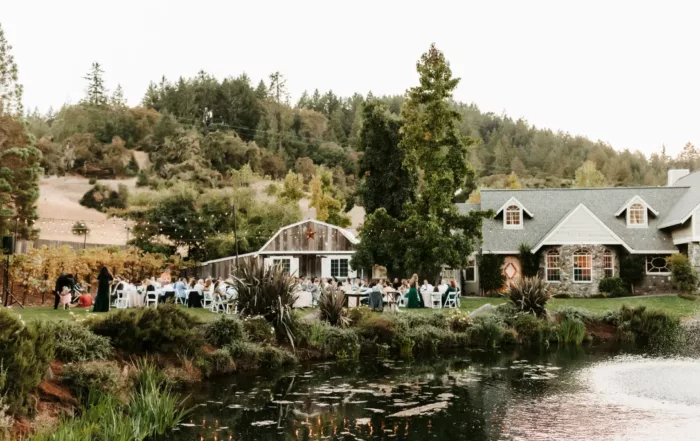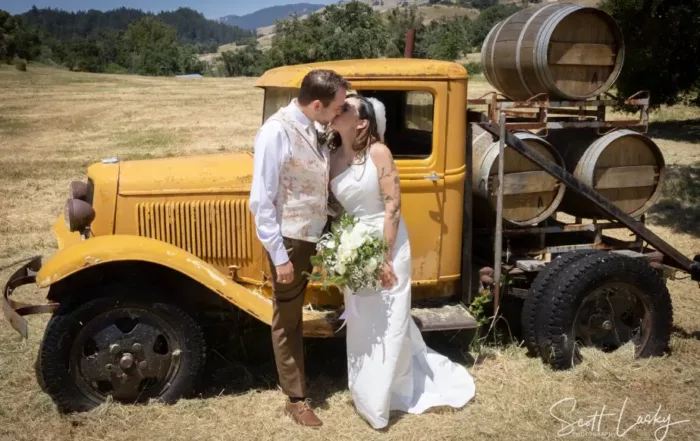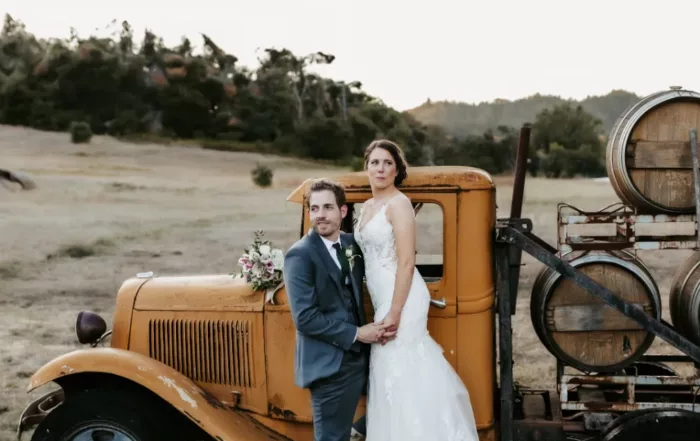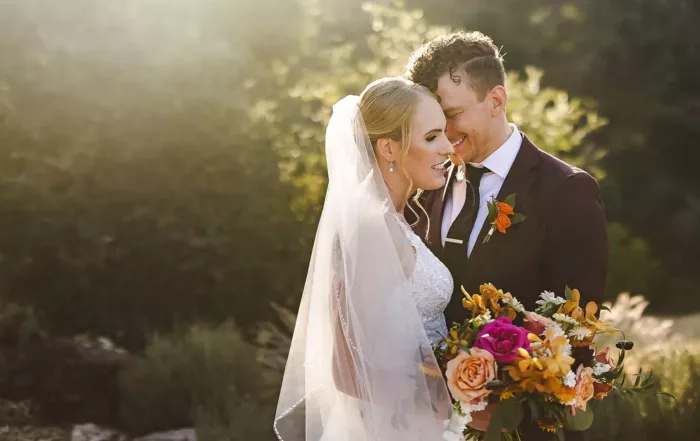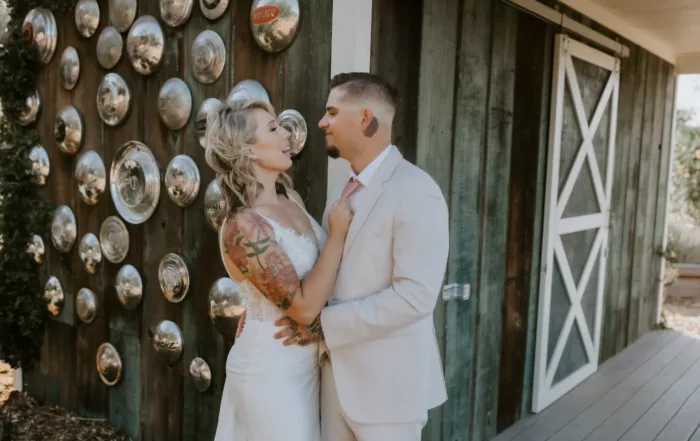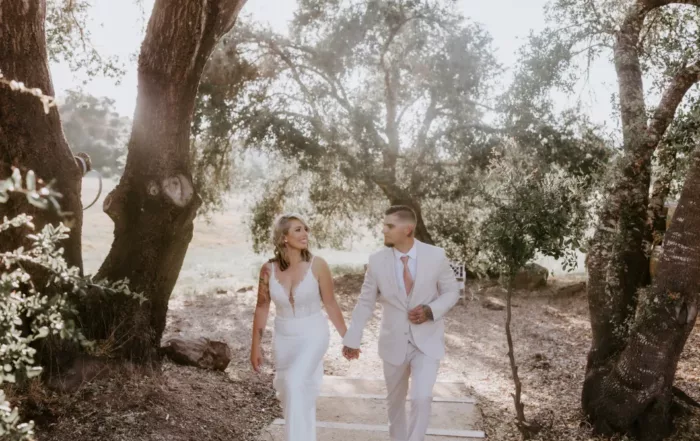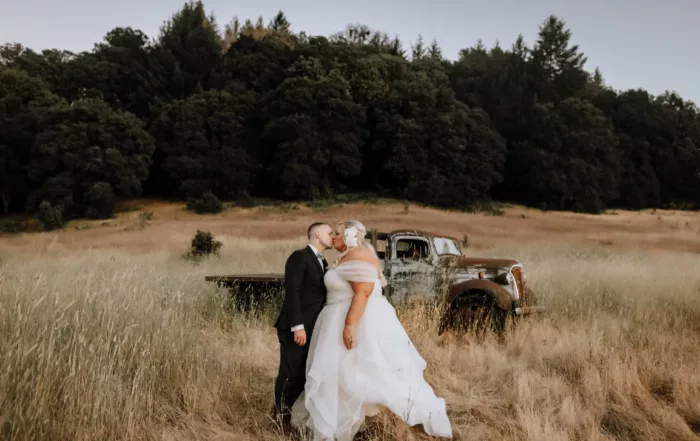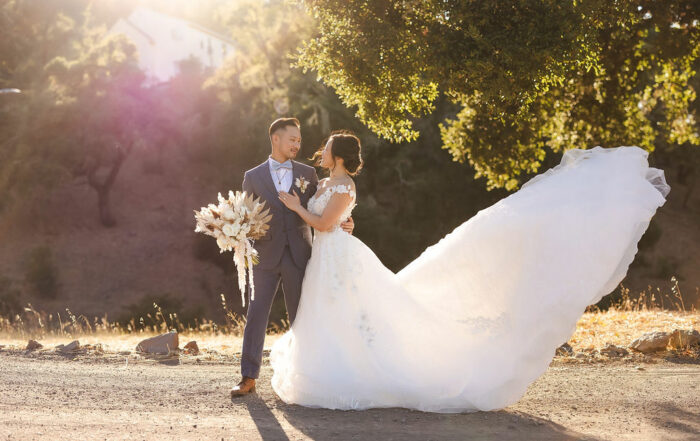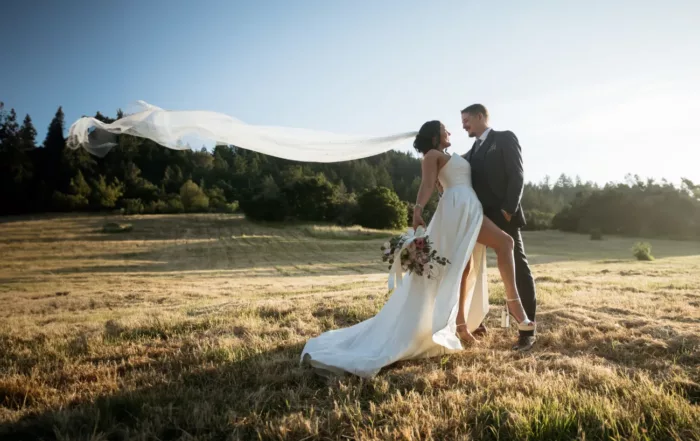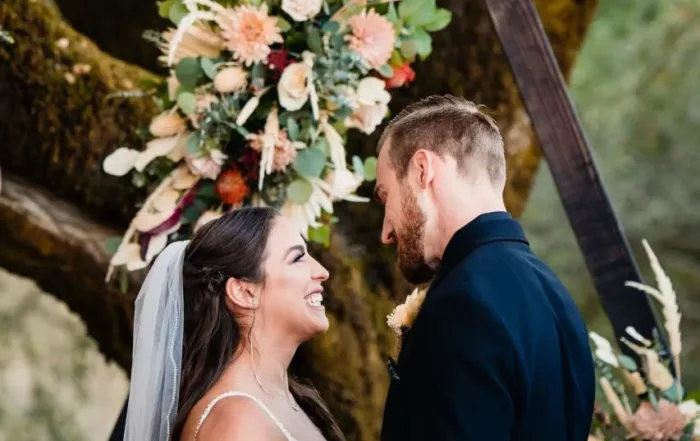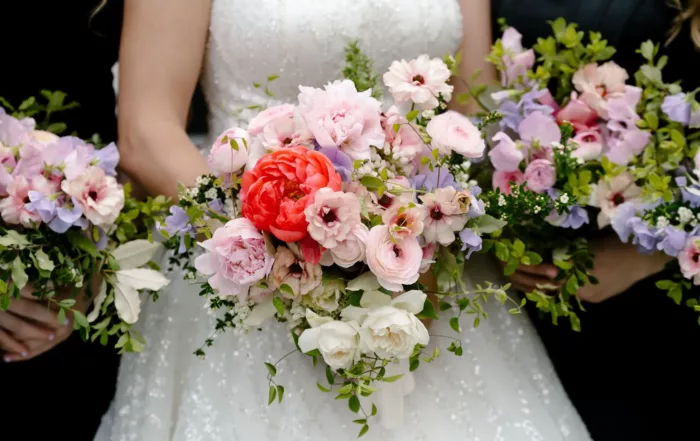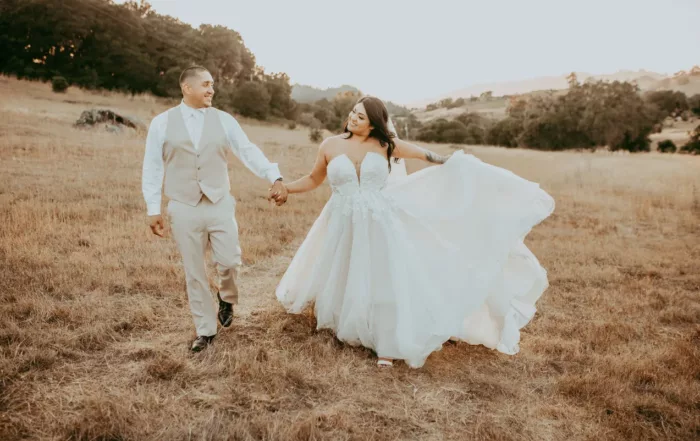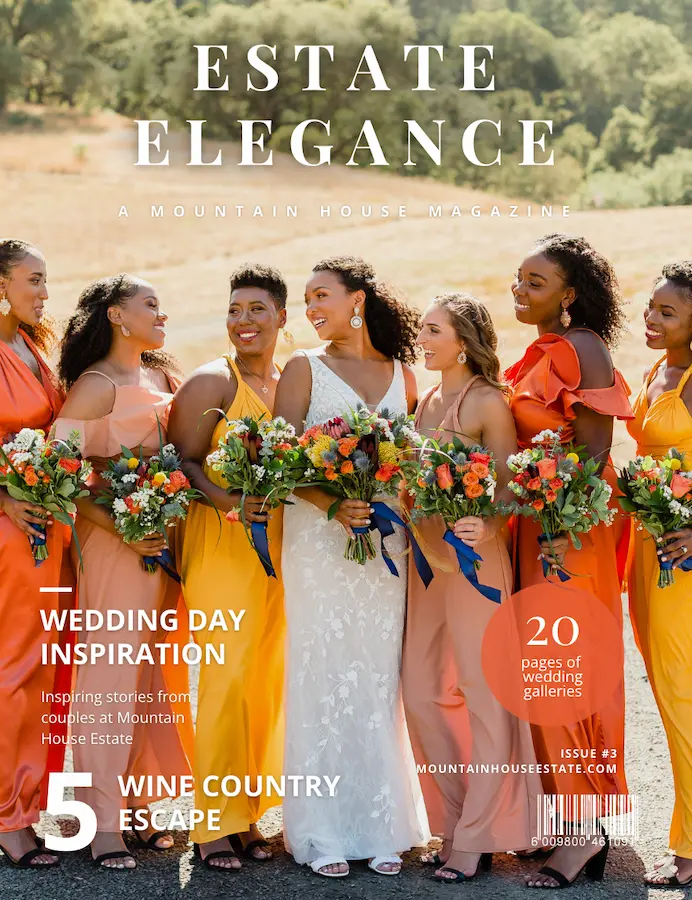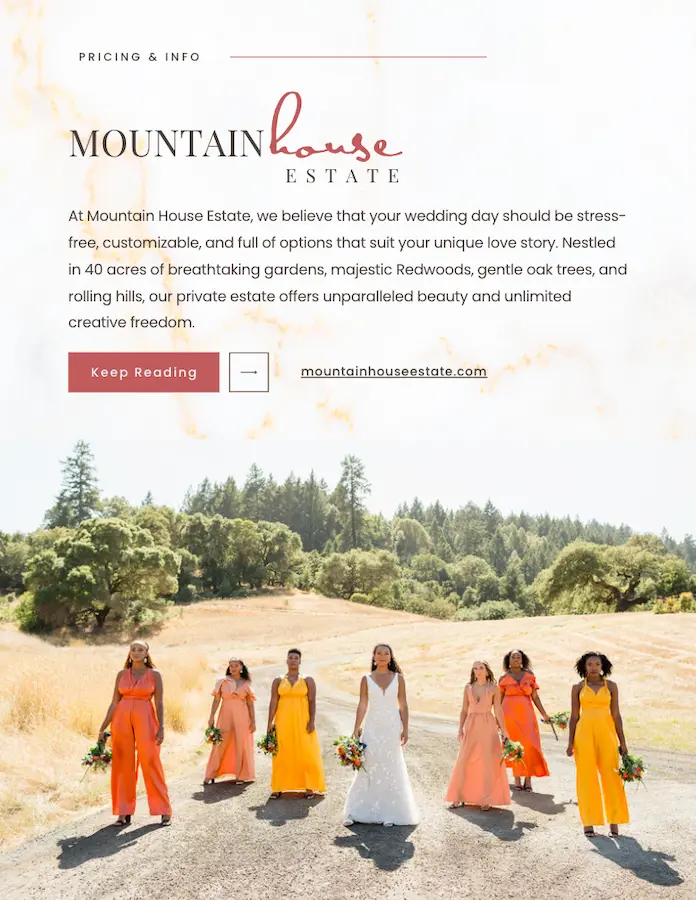What colors should you pick for your wedding? It’s a question we all ask ourselves at some point. The answer is not always straightforward, and there are so many factors to consider: What will the dress look like? Will it be outside or inside-themed? Is your favorite color purple, but grandma hates purple – how do you choose?!
Color is powerful. The right color can evoke a mood and set the tone for an event. How do you find one that will suit your personality and style with so many colors to choose from? We’ve got some tips for you!
Different colors have different meanings. For example, red is typically associated with fiery passion and love, while blue can symbolize tranquility or peace. Red also usually means stop when you see a traffic light! Different colors of paint are used for all sorts of things around us; some tell stories like fire engines, others represent emotions such as passionate pink roses on Valentine’s day to show your true feelings towards someone special to you.
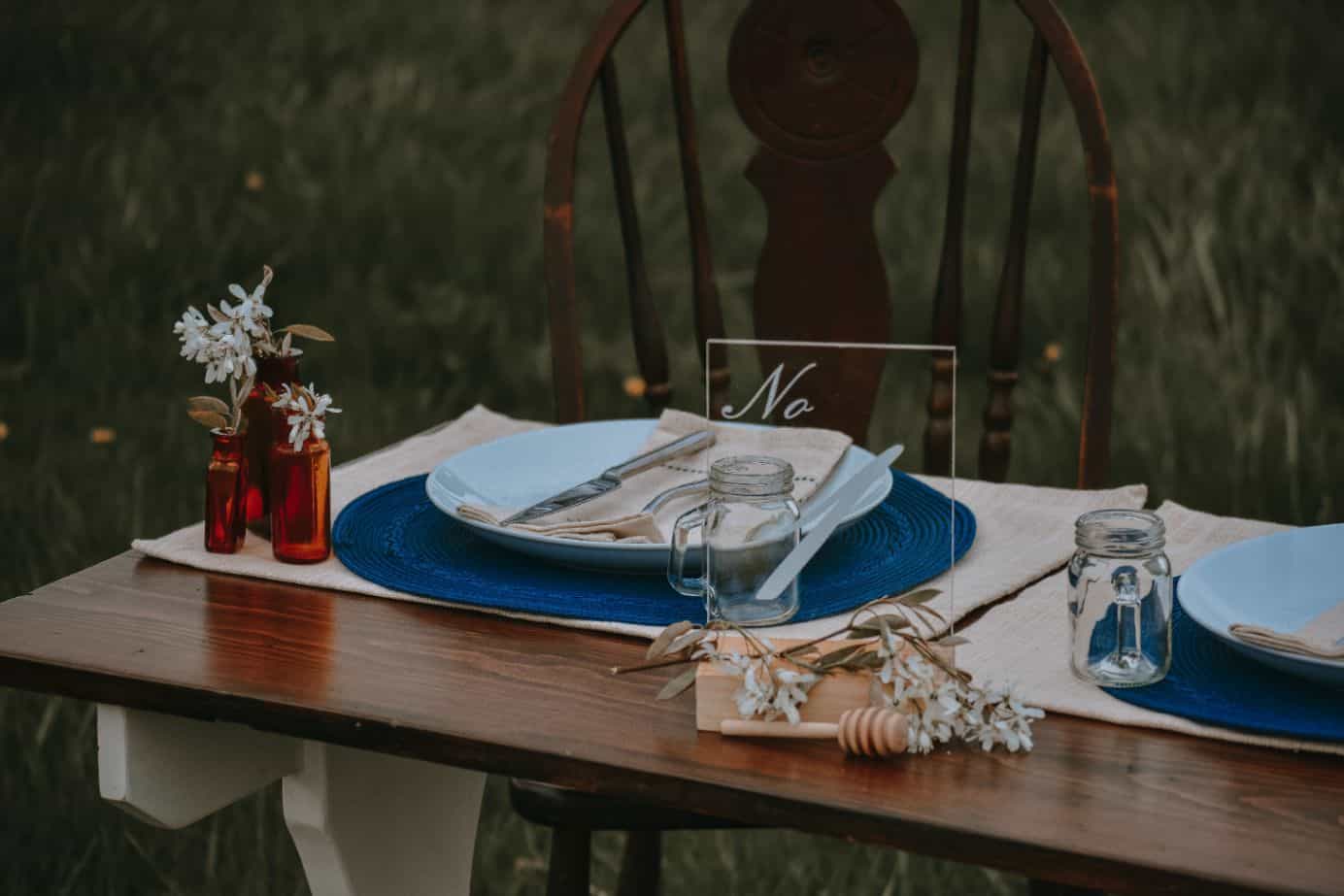
What are your personal preferences?
Do you want a color scheme that’s vibrant and bold or one that’s more muted? Are you aiming for something traditional, perhaps like golds, whites, greens, and blues – or something more modern? You’ll be able to find colors that work for these themes by looking through Pinterest boards of different wedding ideas and styles. Here are some things to consider.

Where are you hosting your wedding?
If you’re planning on getting married outdoors, warmer colors will likely be better as they’ll look richer against a natural background. On the other hand, if you plan on having an indoor ceremony or reception, then cooler tones may work best with your surroundings (think shades of red for a Christmas wedding). If you’re having an autumn or winter wedding, colors such as maroons and dark greens will work well.
Will the colors be seen outside of your venues, such as on bridesmaids’ dresses and flowers, or are they mainly inside the reception hall? The type of setting will determine whether it’s better to use bright, saturated tones that can reflect beautifully in the sunlight or more muted, earthy colors.
Do you want something on-trend or something timeless?
Do you want to go with popular or unique colors? Are you looking for a bold or understated color in your theme? Something trendy now may make you cringe 30 years from now when looking back at photos. Something else to consider is what color your bridesmaids are wearing. If you want to consider their opinion; it’s a thoughtful way to include them in your wedding decisions, but don’t feel trapped by their ideas; it’s your wedding, after all.
How to Find Your Wedding Color Palette
You don’t need an art school degree to pick your palette. Here are some basic principles to follow.
Typically, colors that go well together are opposites because they pair cool and warm hues. Examples include orange and sky blue or turquoise and coral. Other color pairings that look beautiful together are “neighbors.” This means that they’re similar and share a primary color – think sunshine yellow and peach or fuchsia and rose-gold blush). A classic way to create your color palette is to pair a bright, saturated color with a neutral tone, such as bright violet and light gray or rose-blush and metallic gold.
A classic, balanced color palette has three colors – one light and two dark to create a sense of harmony in your wedding design. If you want something brighter, try five or six colors but never use too many different shades from the same family on every surface. You’ll end up with an eye-popping, dizzying look that will make your guests uncomfortable.
There are tons of online tools for finding color palettes, and they can help narrow down your choices. One of our favorites for choosing complementary colors is Adobe Color CC’s color wheel: you can drag the sliders to see what colors will appear in your chosen palette or type a specific hue into the search bar. It also has a ‘live’ mode that will let you see the chosen colors on any photo.
There are also sites like Pinterest or Behr Paint Colors that offer color schemes for different types of weddings and budgets.
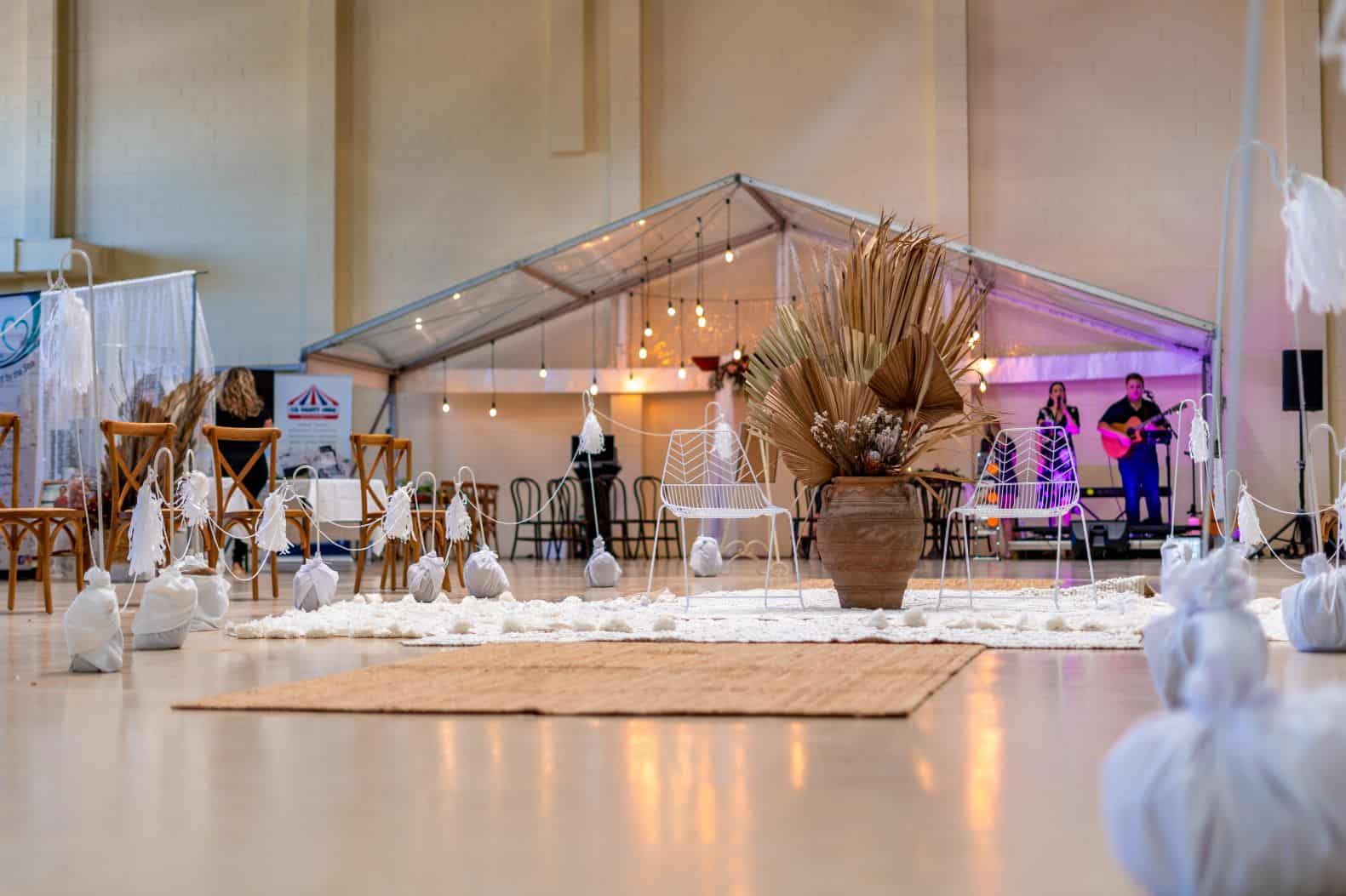
Here are some more ways to help you narrow down your colors.
What’s your favorite color?
Favorites tend to be more personal, so find something you love! You could choose your favorite color as your primary color, then find a complementary color as your secondary.
What colors aren’t your favorites?
This is where it gets tricky. If you’re not a fan of green, for example, start eliminating colors you don’t want so you can narrow down your search.
What colors have meaning to you?
Find Colors That Have Meaning: The meaning of colors can be significant to you and your partner. For example, if one or both partners are Hindu, blue is a color with vital significance in their faith.”

What vibe do you want to create on your wedding day?
Your wedding colors help to create a vibe for your wedding day. If you’re going for drama, a dark or jewel tone palette, like sapphire blue and black or emerald and gold works well. Think about the aesthetic and mood you want to have at your wedding and what colors put you in that mindset.
What’s in your closet?
Having a color palette for your wedding can be both fun and challenging. Some colors are effortless to work with, while others may not suit you or the type of event that will take place at its location (or vice versa). Luckily there is one thing we often know about ourselves- what colors make us happy! So pull out all those clothes in our closet: see which hues you gravitate towards most when getting dressed? These should serve as inspiration for choosing shades that will look great on photos too.

Ask for help!
Some people can help guide your decision-making process because they know what looks best on different skin tones and under various lighting conditions. Ask someone whose opinion you trust (maybe even one of us or your wedding planner?) if they would mind helping you.








